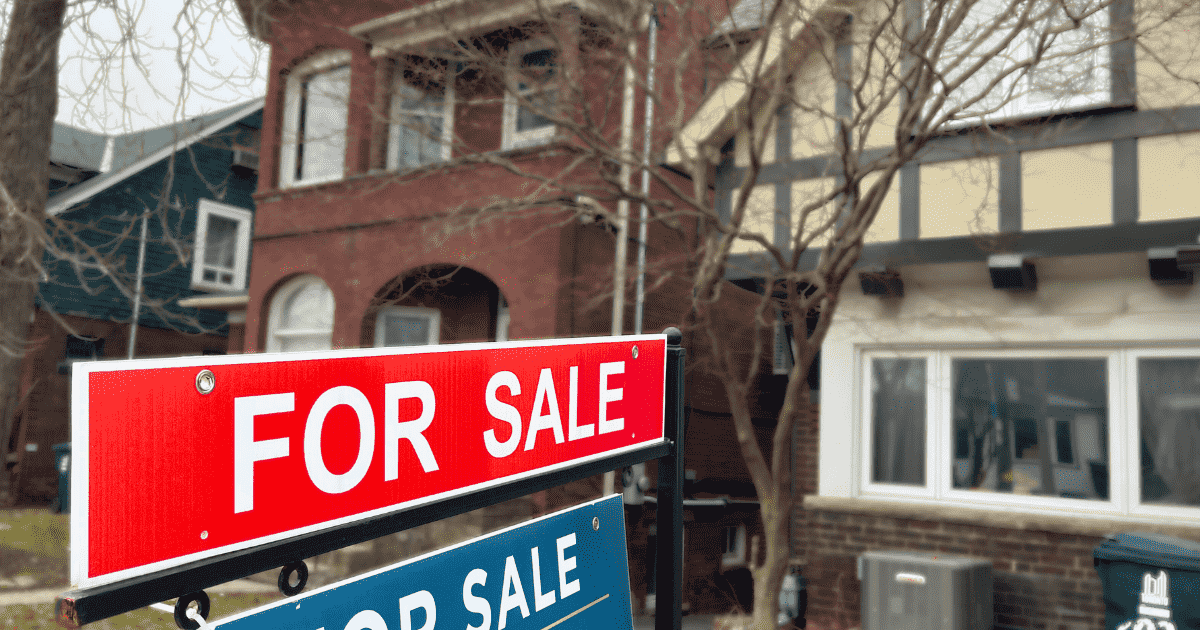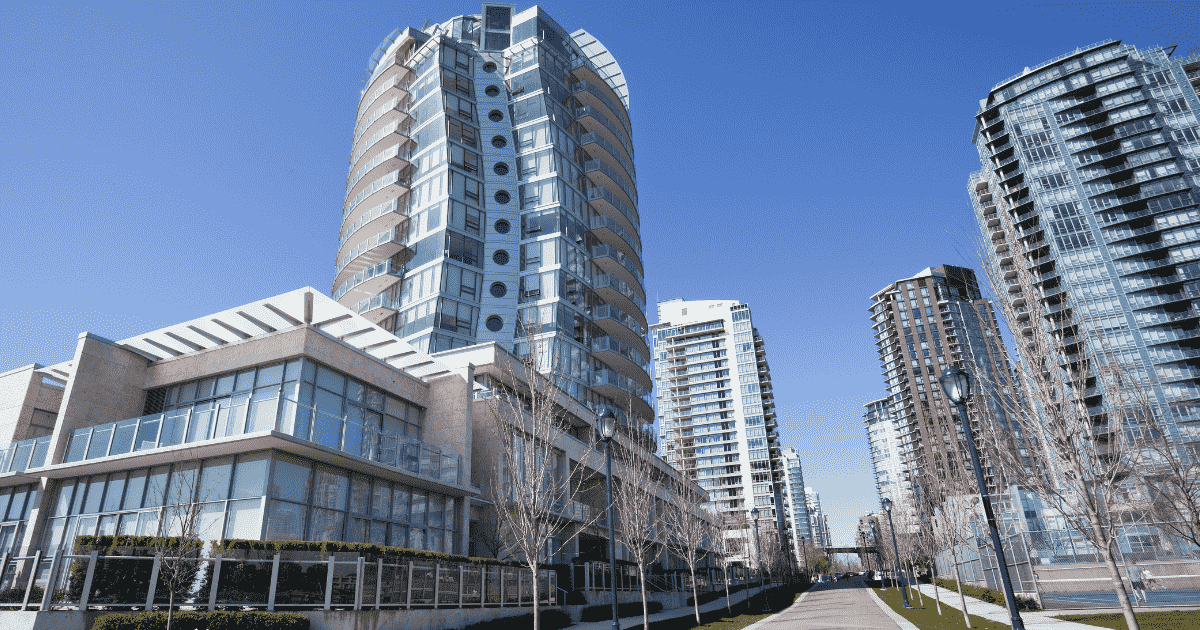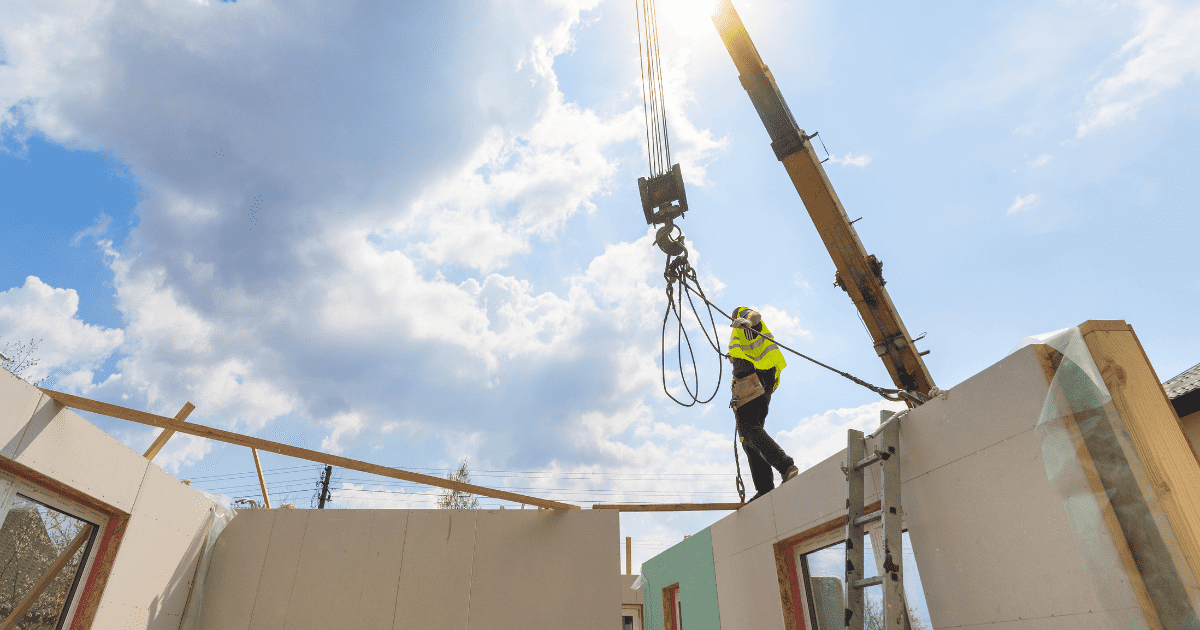The Greater Toronto Area’s (GTA) new home market experienced a significant boost in May, marking the first year-over-year increase in over a year, according to the Building Industry and Land Development Association (BILD).
With 3,109 new home sales recorded, the market surged 22 per cent compared to May 2022, although it remained 10 per cent below the 10-year average, as reported by Altus Group, BILD’s official source for new home market intelligence.
Condominium apartment sales see moderate decline
Within the new home market, condominium apartments, including various types such as low, medium, and high-rise buildings, stacked townhouses, and lofts, accounted for 1,976 units sold in May. While this figure showed a slight decrease of three per cent compared to May 2022, it remained 14 per cent below the 10-year average. The numbers indicate a cooling off from previous years but highlight a steady demand for condo living in the GTA.
Single-family home sales skyrocket
In contrast to the decline in condo sales, the GTA’s single-family home market experienced a notable uptick in May. There were 1,133 single-family home sales, an increase of 123 per cent year-over-year.
Despite this impressive growth, single-family home sales still fell three per cent below the 10-year average. This surge in demand for single-family homes suggests a shift in preferences among GTA homebuyers.
Replenished supply and softened prices fuel market recovery
“GTA new home sales climbed higher in May as buyers grew accustomed to current market conditions,” says Edward Jegg, research manager with Altus Group. “Builders have been replenishing supply, and benchmark prices have softened.”
Benchmark prices have seen a decline, with the benchmark price for new condominium apartments dropping by 6.7 per cent over the past year, amounting to $1.1 million. Similarly, the benchmark price for new single-family homes decreased by 4.3 per cent over the same period, averaging at $1.7 million. These softened prices may have contributed to the heightened market activity as affordability improved for prospective buyers.
Inventory levels and market balance
The total new home remaining inventory in May stood at 15,346 units, encompassing preconstruction projects, projects under construction and completed buildings. Within this inventory, 13,867 units were condominium apartments, thanks to the opening of 13 high-rise projects.
The remaining inventory for single-family homes accounted for 1,479 units. These inventory levels equate to approximately 13 months’ worth of inventory for condominium apartments and 4.5 months’ worth of inventory for single-family homes.
“The GTA new home market has regained some of its strength in the last couple of months, proving that demand in the region hasn’t gone anywhere,” says Dave Wilkes, BILD President & CEO. “If that demand is to be met with the housing supply and choice that residents need, all levels of government must make housing a priority.
Benchmark prices have seen a decline, with the benchmark price for new condominium apartments dropping by 6.7 per cent over the past year, amounting to $1.1 million. Similarly, the benchmark price for new single-family homes decreased by 4.3 per cent over the same period, averaging at $1.7 million. These softened prices may have contributed to the heightened market activity as affordability improved for prospective buyers.
Inventory levels and market balance
The total new home remaining inventory in May stood at 15,346 units, encompassing preconstruction projects, projects under construction and completed buildings. Within this inventory, 13,867 units were condominium apartments, thanks to the opening of 13 high-rise projects.
The remaining inventory for single-family homes accounted for 1,479 units. These inventory levels equate to approximately 13 months’ worth of inventory for condominium apartments and 4.5 months’ worth of inventory for single-family homes.
“The GTA new home market has regained some of its strength in the last couple of months, proving that demand in the region hasn’t gone anywhere,” says Dave Wilkes, BILD President & CEO. “If that demand is to be met with the housing supply and choice that residents need, all levels of government must make housing a priority.













